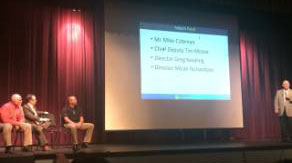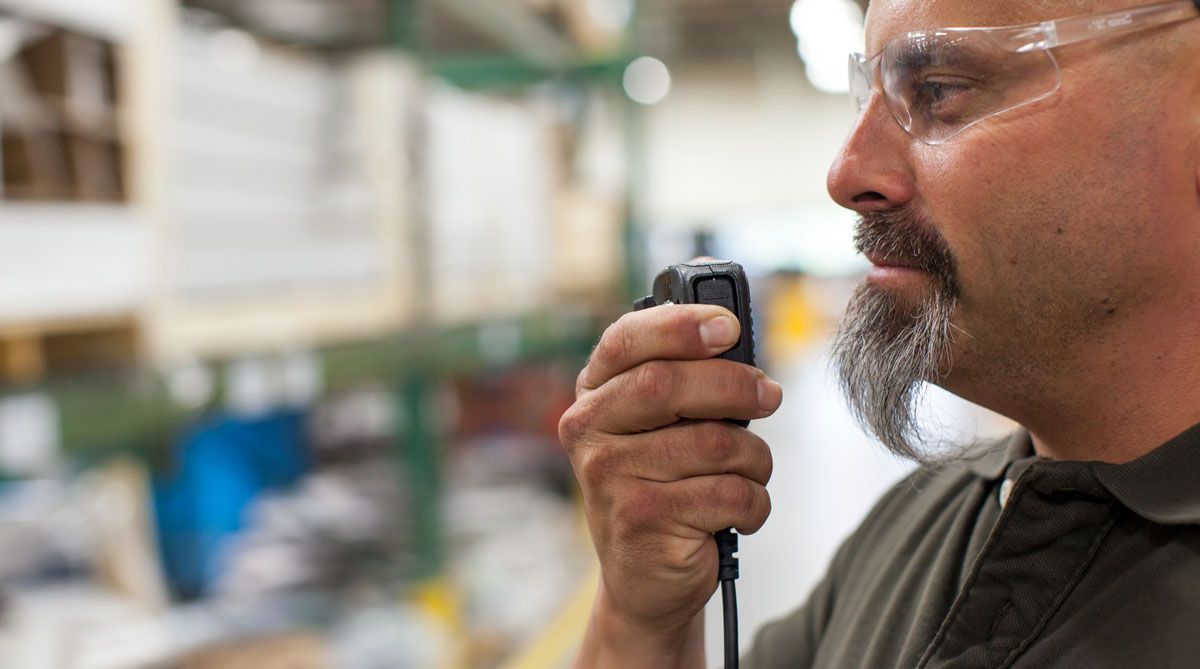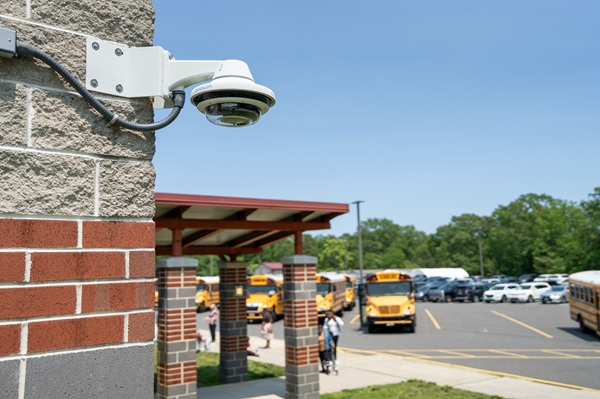Most corporations understand the duty of care they have to keep their employees safe. But how does that work for universities and other higher education institutions? Is a university responsible for protecting its students along with faculty and staff?
The answer is complicated. The legal concept of “duty of care” is the idea that individuals and entities have a responsibility to protect those in their care. This idea is fairly clear-cut for parents and even employers (when it comes to on-duty employees), but schools are more complicated.
In the U.S., most legal experts agree that elementary schools have a duty of care toward their students. But what about universities? Their students are mostly adults and not employees, so are they still required to take steps to keep them safe?
Duty of care scope
In corporate settings, “duty of care” generally means that a business is responsible for considering all available data and making a decision that best protects the company’s interests. It’s often applied in a fiduciary sense, but most corporations recognize that they are other aspects to consider.
In practice, this means that employers must create a safe work environment that protects employees from physical and mental health risks. Employees are expected to make wise decisions and avoid placing themselves in harm’s way or taking unnecessary risks.
Protecting university faculty and staff
For universities, it’s easy to understand the duty of care as it applies to staff members; it’s essentially the same as a corporation. Professors, faculty, maintenance personnel, security, and administrative staff are all employees of the university. As such, the institution has a duty of care to create a safe work environment and protect them from workplace violence.
Keeping university students safe
Although the issue is fairly straightforward when it comes to university staff, it’s more complicated with students. Historically, courts have had different opinions on the matter.
Before the 1960s, courts generally viewed universities as acting in loco parentis (in place of the parent) for their students. Colleges were expected to prioritize their student’s welfare and safety.
As time went on, however, the student-university relationship changed. The culture shifted as more people began to view college students as adults instead of children. In legal cases, courts increasingly ruled that universities were not responsible if students were harmed on campus.
In recent years, the legal landscape has shifted again. In a 2018 California court case, the state’s supreme court ruled that the relationship between universities and their students is unique, and that universities have a duty to protect their students from “foreseeable violence during curricular activities.”
Essentially, a college is responsible for creating a safe learning environment on campus. The administration must protect students from foreseeable threats. However, this duty of care doesn’t extend to extracurricular activities, nor does it cover non-students (e.g., visitors) on campus.
How can universities protect their students?
Universities are responsible for creating a safe learning environment on campus and mitigating “foreseeable” threats. To build a safe campus, colleges should ensure that all buildings have functioning fire alarms. Students should have access to storm shelters for severe weather events such as tornadoes.
Additionally, a university should ensure that it can quickly and reliably alert students of emergencies, such as fires, severe weather, illness outbreaks, active shooter incidents and lockdowns. On-campus signage and fire alarms only reach students in the local area; email and mobile notifications allow administrators to reach off-campus students who are affected by the emergency.
It’s critical for colleges to make emergency response plans for all types of crises. This includes notifying students and faculty of an event and providing response instructions. Campus security should develop a close relationship with 9-1-1 and local law enforcement so response procedures can be coordinated.
Finally, it’s crucial to give students tools to protect themselves and inform authorities of potential threats. A mobile panic button provides an instant connection to 9-1-1 and eliminates the need for students to locate the number for campus security or reach a blue light station.
Anonymous tipping functionality offers significant benefits in college settings. Students are more likely to report potential threats, like violent behavior or mental health crisis, if they can do so anonymously without the risk of retaliation.
Help universities keep students and faculty safe
Like any other employer, a university has a duty of care toward its employees. Additionally, most legal experts agree that higher education institutions are responsible for taking steps to protect their students. For example, a university can’t stop a severe weather event or fire, but it may be able to prevent an active shooter situation by offering mental health resources and providing students with a way to report potential threats.
Likewise, a university should take steps to keep students and staff members as safe as possible during a crisis. A college should be able to notify faculty, students, and visitors of a crisis and provide them with critical information, such as evacuation or shelter-in-place orders. It’s also important to improve emergency response times as much as possible.
The Rave Mobile Safety Suite offers a range of communication solutions to address these issues. Our mass notification system makes it easy for administrators to send emergency alerts to targeted recipients in seconds. We also provide campus security with incident management tools that facilitate clear communication and coordination with local law enforcement. Finally, our personal safety apps offer virtual escort functionality and a mobile panic button, both of which are significantly more effective than outdated blue light stations.





Comments are closed here.